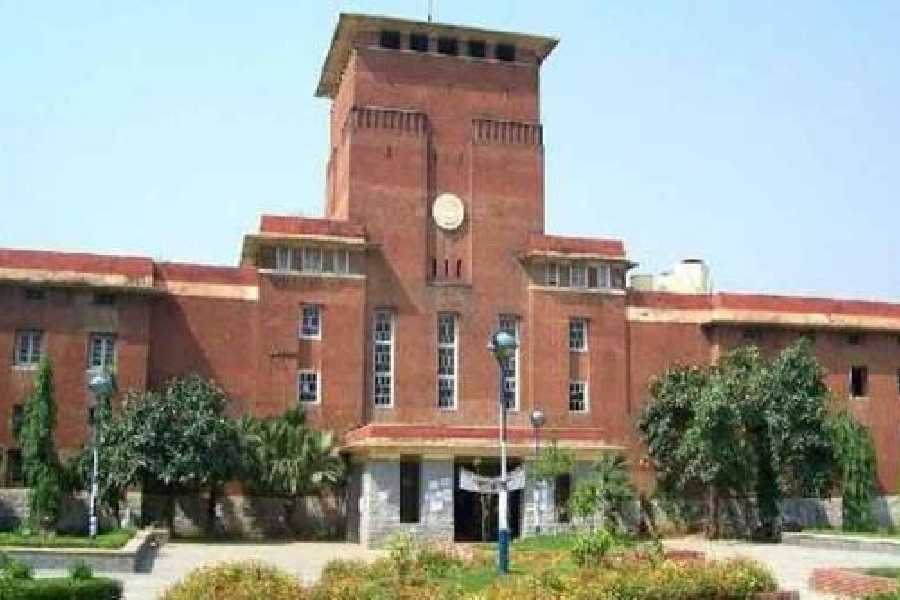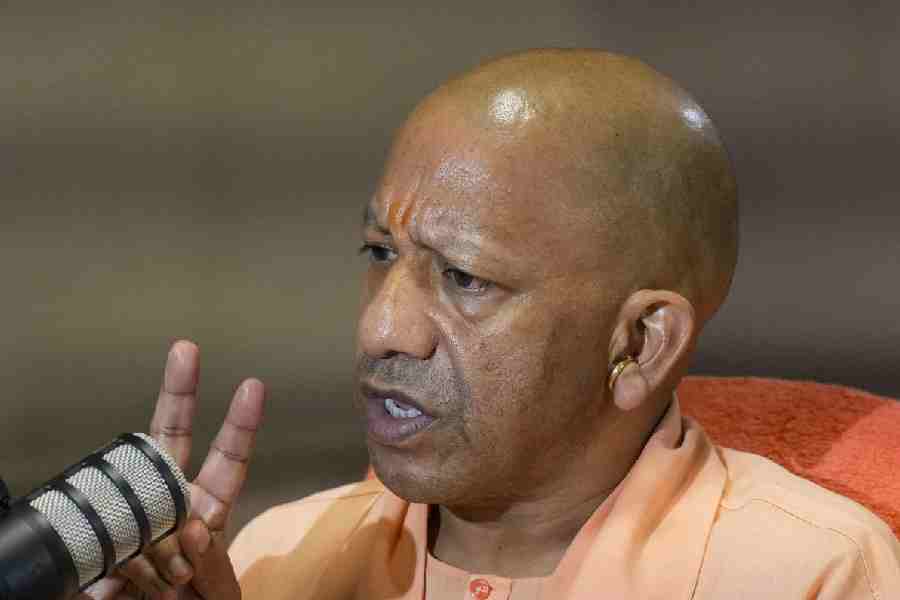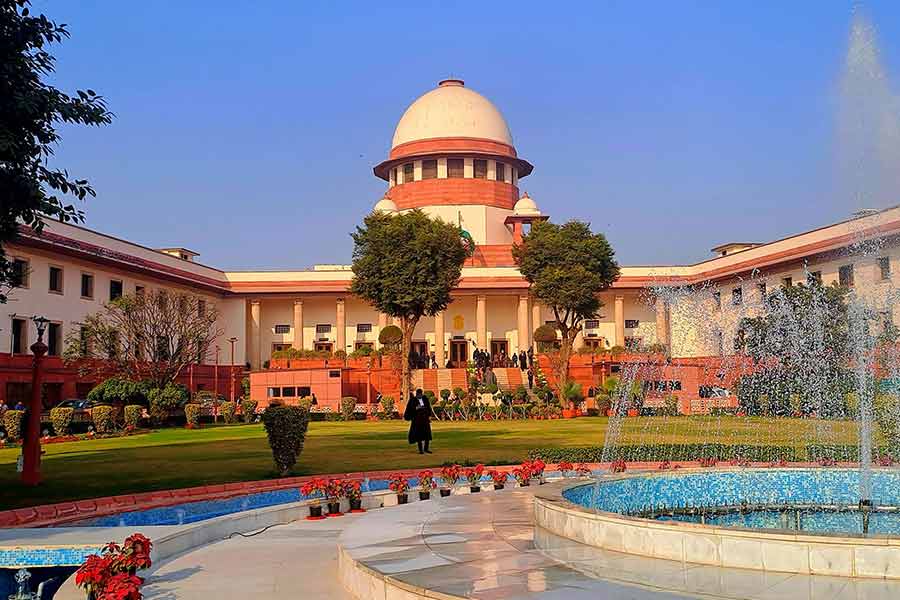In 1948, N. Gopalaswami Ayyangar, who served as the prime minister of the then independent state of Kashmir from 1937 to 1943, took over from John Mathai as India's railways minister. With the accession of most of the princely states, their individual railways systems needed to be integrated with the government and large private rail systems, which were doing brisk business carrying goods, the nation's teeming millions and, occasionally, military troops for curbing rebellions.
After Independence, the railway board got down to reorganizing the rail systems into nine zones, largely around the existing major players. Ayyangar had his own ideas about how the railways should function, owing perhaps to his trips to the United Kingdom on various occasions, and insisted on the creation of only five zones - one each in east, west, north, south and central India. The no-nonsense commissioner for railways (an individual holding this post in present times would be the chairman of the railway board), K.C. Bakhle, deliberated with his colleagues over the minister's wishes, and decided to stick to their earlier stand. They informed Ayyangar of this.
Ayyangar, however, stood firm, and Bakhle had to give in ultimately: the orders for five zones were issued by the secretary of the railway board. The next day, Bakhle went to hand over a copy of the orders to the minister, along with his resignation letter. Having been in disagreement with Ayyangar over his views, Bakhle could no longer feel confident about implementing his decision. Ayyangar, of course, was only too happy to accept Bakhle's resignation, and soon had another commissioner nominated. The minister's orders saw two of the largest rail systems - the East Indian Railway and the Bengal Nagpur Railway, both with their headquarters in Calcutta - being clubbed into one giant and unwieldy entity. (Bakhle, of course, had the last laugh, for soon after he resigned, J.R.D. Tata chose him to be the managing director of the newly-created Air India.)
Right decisions
Fortunately, with Lal Bahadur Shastri taking over the reins at the Rail Bhavan in 1952, better sense prevailed, and the railways reverted to the original plan of nine zones. The credit for turning the old steam locomotive shed in Colaba, Mumbai, into a superb residential complex for officers of the Central and Western Railways goes to Fateh Chand Badhwar, a former officer of the North West Railway, a major part of which went to Pakistan. The residential complex bears his name.
When Badhwar was due to retire as the chairman of the railway board, Jawaharlal Nehru summoned him to suggest that he should continue for another year or so, as long-term plans for the railways' growth were underway, for which his vast experience would be invaluable. Badhwar heard him out politely, and asked for some time to think. A few days later, he went back to Nehru and said that he had carefully considered the prime minister's kind offer, but had to respectfully decline as he felt that his successor was as competent as him - if not more - to carry out the functions of the chairman, and he saw no reason for the individual to be denied that opportunity. One must remember that, in those days, the age for superannuation was 55; Badhwar was perhaps still in the prime of his health.
The person who replaced Badhwar was none other than Gajanand Pande, who, after serving as the chairman of the railway board for over two years, went on to head another public sector giant - the Steel Authority of India. He thus proved that Badhwar was right in assessing his successor's potential, and making way for him when the time was right.










